As the COVID-19 pandemic emerged in the U.S., Americans were already Primed for ecommerce — even in health care.
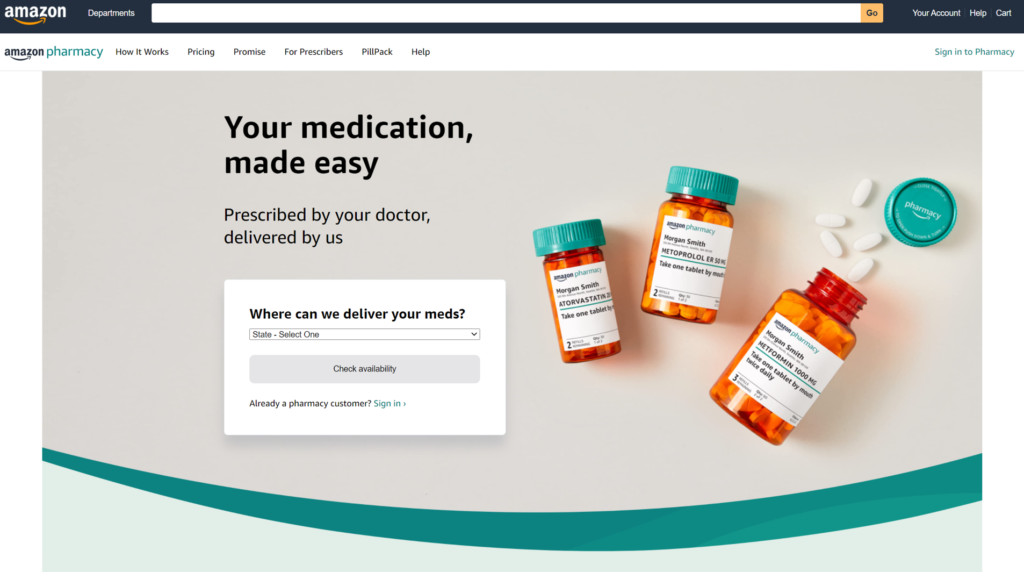 The coronavirus accelerated the digital transformation on people as consumers — and consumers as health consumers.
The coronavirus accelerated the digital transformation on people as consumers — and consumers as health consumers.
Today, Amazon announced the company’s launch of Amazon Pharmacy. Watch for earth-shaking (negative) impacts on the incumbent pharmacies like CVS, Rite-Aid, Walgreens, as well as discount and ecommerce players such as GoodRx. [Sidebar: as of 10 am this morning, the announcement “sunk” the retail pharmacy stocks, according to TheStreet.com].
Some context: this announcement builds on Amazon’s previous major move into pharmacy with its acquisition of PillPack, which I explained here on Health Populi in early 2019.
Just as the pandemic has accelerated digital transformation of people and business in general, the health care ecosystem has also been re-formed and re-framed in the coronavirus era.
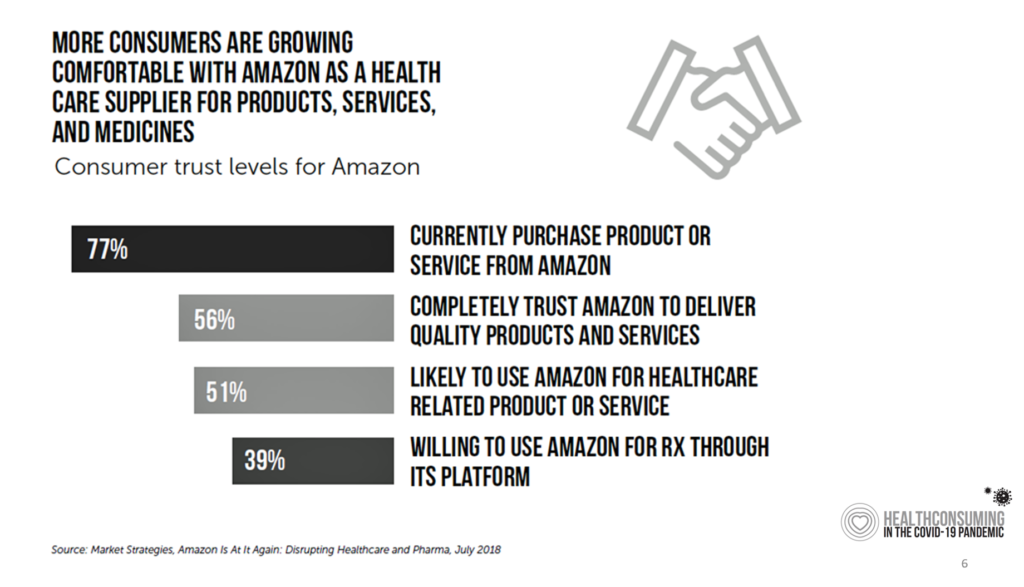 And the pharmacy business is part of that overall health/care ecosystem which is evolving on both the supply and demand side for medicines and retail-facing health care services.
And the pharmacy business is part of that overall health/care ecosystem which is evolving on both the supply and demand side for medicines and retail-facing health care services.
The first graph comes from a survey conducted over two years ago, asking U.S. adults about their trust levels for Amazon for various health care products and services.
As of mid-2018, large proportions of health consumers could already view Amazon as a channel for health care — including being a platform for prescription drug access, noted by 3 in 5 consumers back then.
Oh, what a difference a pandemic can make in consumers’ life-flows for ecommerce and health care.
In the wake of COVID-19, more patients-as-consumers have accessed virtual health care platforms — telemedicine for physician visits, mobile apps on smartphones for tracking health metrics, wearable and voice technologies (like, say, Alexa tools from Amazon), and ePrescribing channels like Nurx, Hims, and SingleCare which cleverly recruited Martin Sheen in the 2020 election year as spokesperson (recognized as “President Josiah Bartlett” from popular The West Wing TV show).
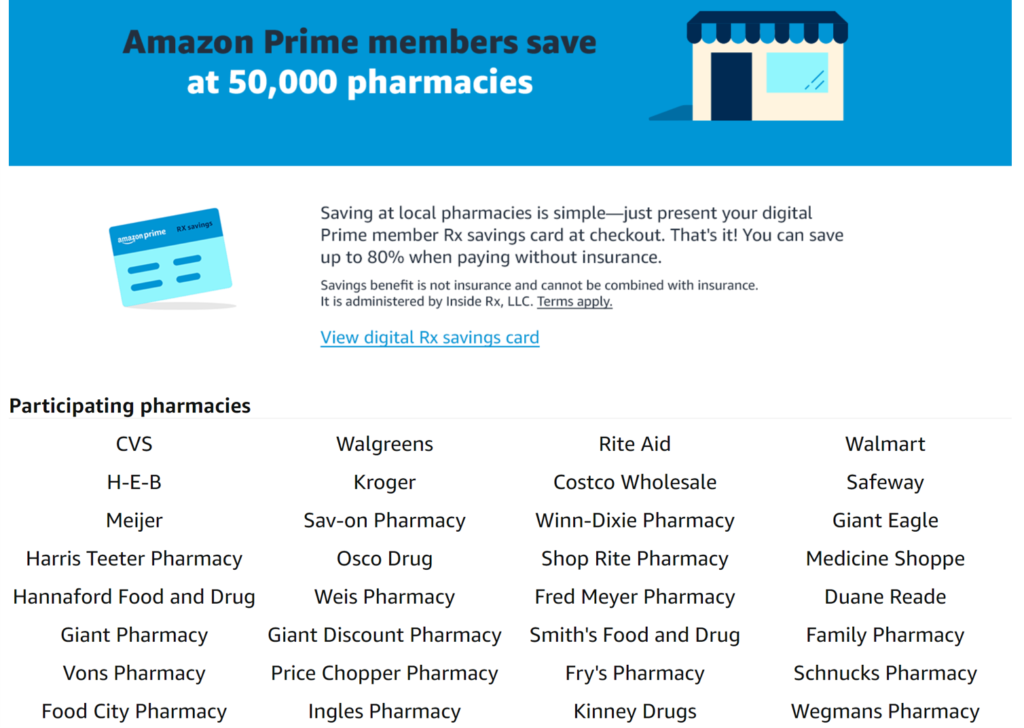 With Amazon’s further expansion in the medicines business, the company offers three pillars in the pharmacy portfolio with which health consumers can engage :
With Amazon’s further expansion in the medicines business, the company offers three pillars in the pharmacy portfolio with which health consumers can engage :
- Amazon Pharmacy, for ordering Rx drugs for home delivery (not including Schedule II controlled meds like opioids);
- PillPack “by Amazon Pharmacy,” for ordering medicines managing multiple chronic conditions (think of this as the digital “Sunday-through-Saturday pillbox); and,
- Amazon Prime for prescription savings benefits, administered by Inside Rx and useable at over 50,000 participating retail pharmacies including those shown in this list from the website.
Amazon’s triple-down here on pharmacy is part of the company’s growing footprint in health and medicine.
Health Populi’s Hot Points: The list of “participating pharmacies” here for the Amazon Prime Rx drug fulfillment channels illustrates the blurring between competition and collaboration in the pharmacy and larger health/care ecosystem.
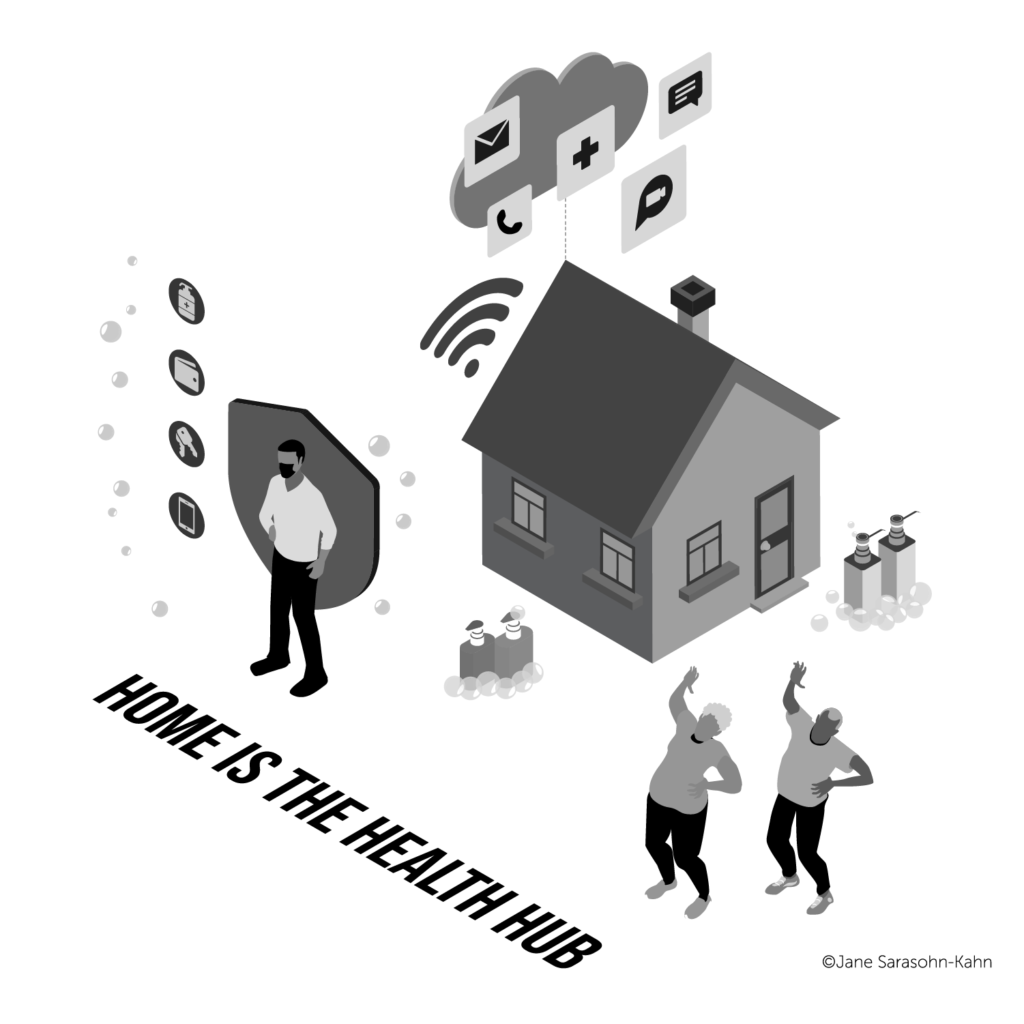 In the wake of the COVID-19 pandemic, health care as we know it in the U.S. has been shaken at the root: that is, in terms of brick-and-mortar, fee-for-service delivery and financing. Those health care providers that has largely pivoted to taking on risk and value-based payments fared better in the first eight months of the pandemic than doctors and hospitals depending largely on volume-based, FFS payments.
In the wake of the COVID-19 pandemic, health care as we know it in the U.S. has been shaken at the root: that is, in terms of brick-and-mortar, fee-for-service delivery and financing. Those health care providers that has largely pivoted to taking on risk and value-based payments fared better in the first eight months of the pandemic than doctors and hospitals depending largely on volume-based, FFS payments.
The pandemic has also reinforced value-based consumerism among health citizens in America. As patients pay more out-of-pocket, whether via deductibles, co-payments or self-payment for prescription drugs.
The pandemic has also changed the way health consumers look at care delivered in hospitals and doctors’ offices, with about one-third of patients told TransUnion in late October 2020 they would avoid seeking in-person care in traditional ways due to continued concerns of exposure to the coronavirus.
In health consumers’ digital transformations in light of the coronavirus, people are seeking care at home or closer-to-home, and getting used to these adapting personal work-flows in ecommerce, home delivery for food, hygiene products, and, increasingly, medicines. We’ll continue to see the blurring of pharmacy, telehealth, and consumer goods that help people “make health” at home.
Amazon, clearly, has been and will continue to grow in consumers evolving homes-as-health-hubs.


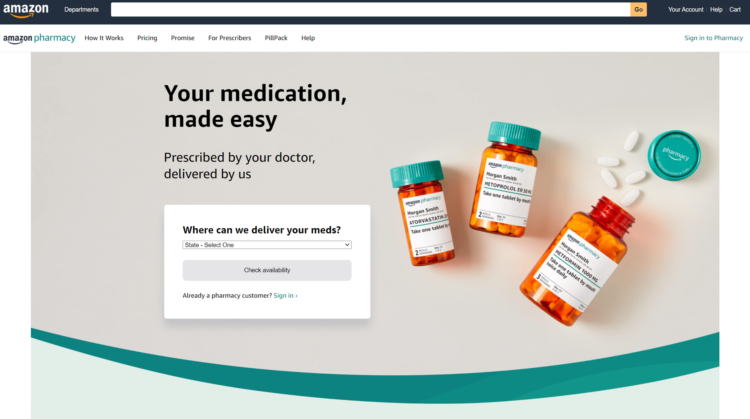


 Thank you FeedSpot for
Thank you FeedSpot for